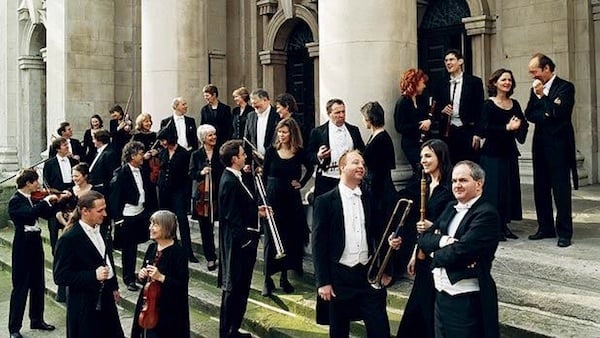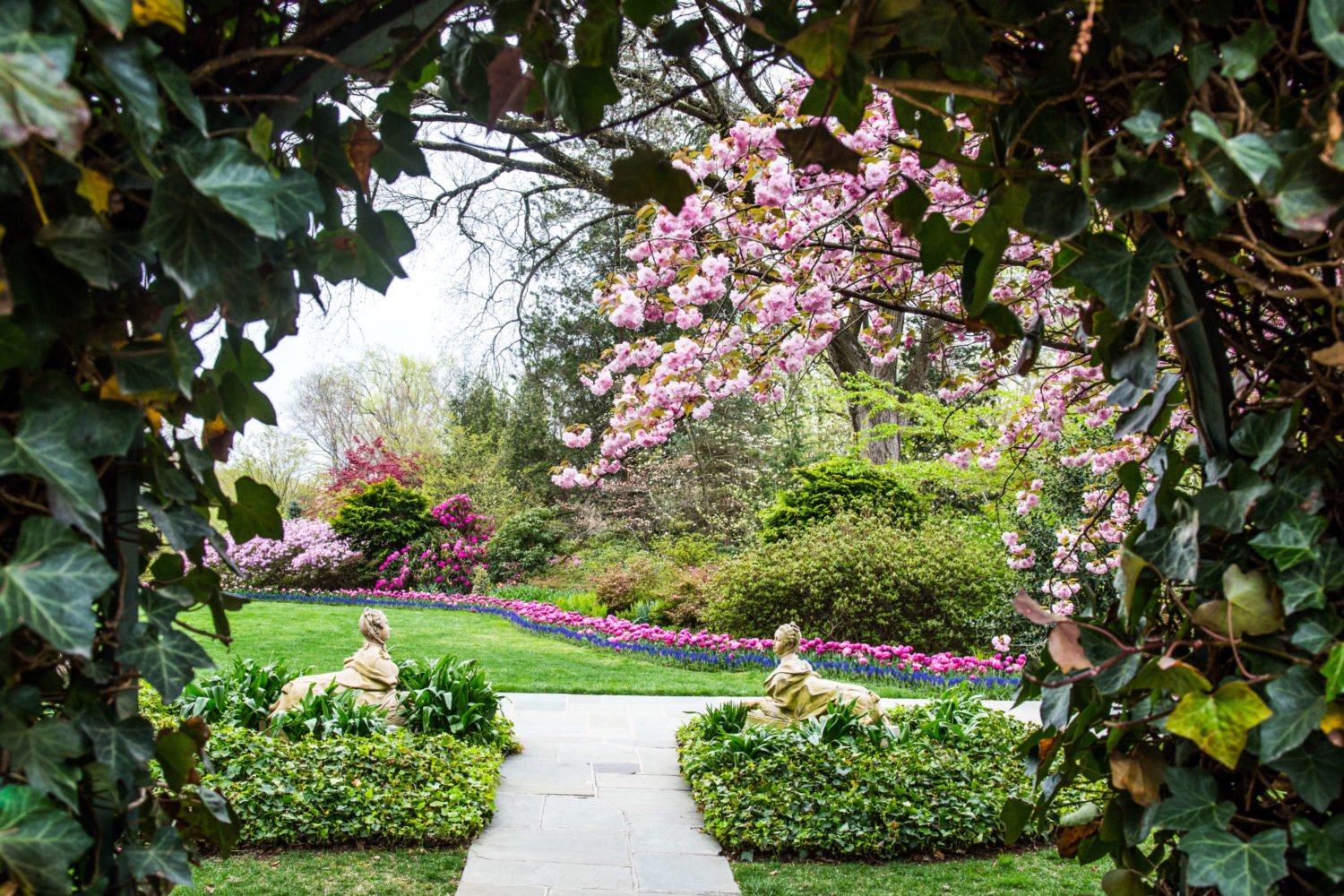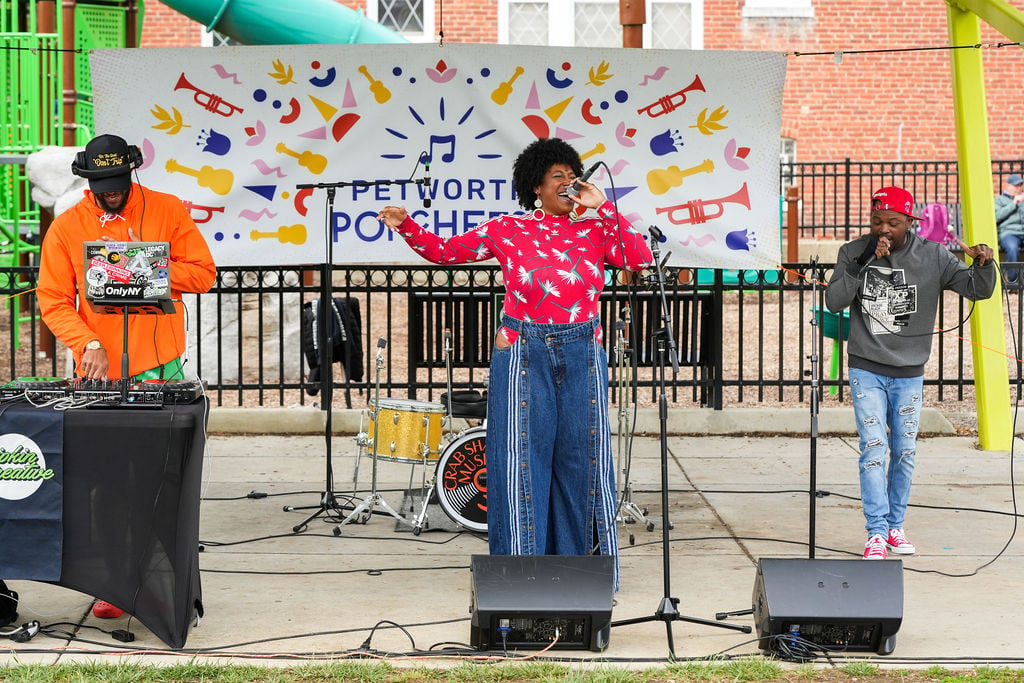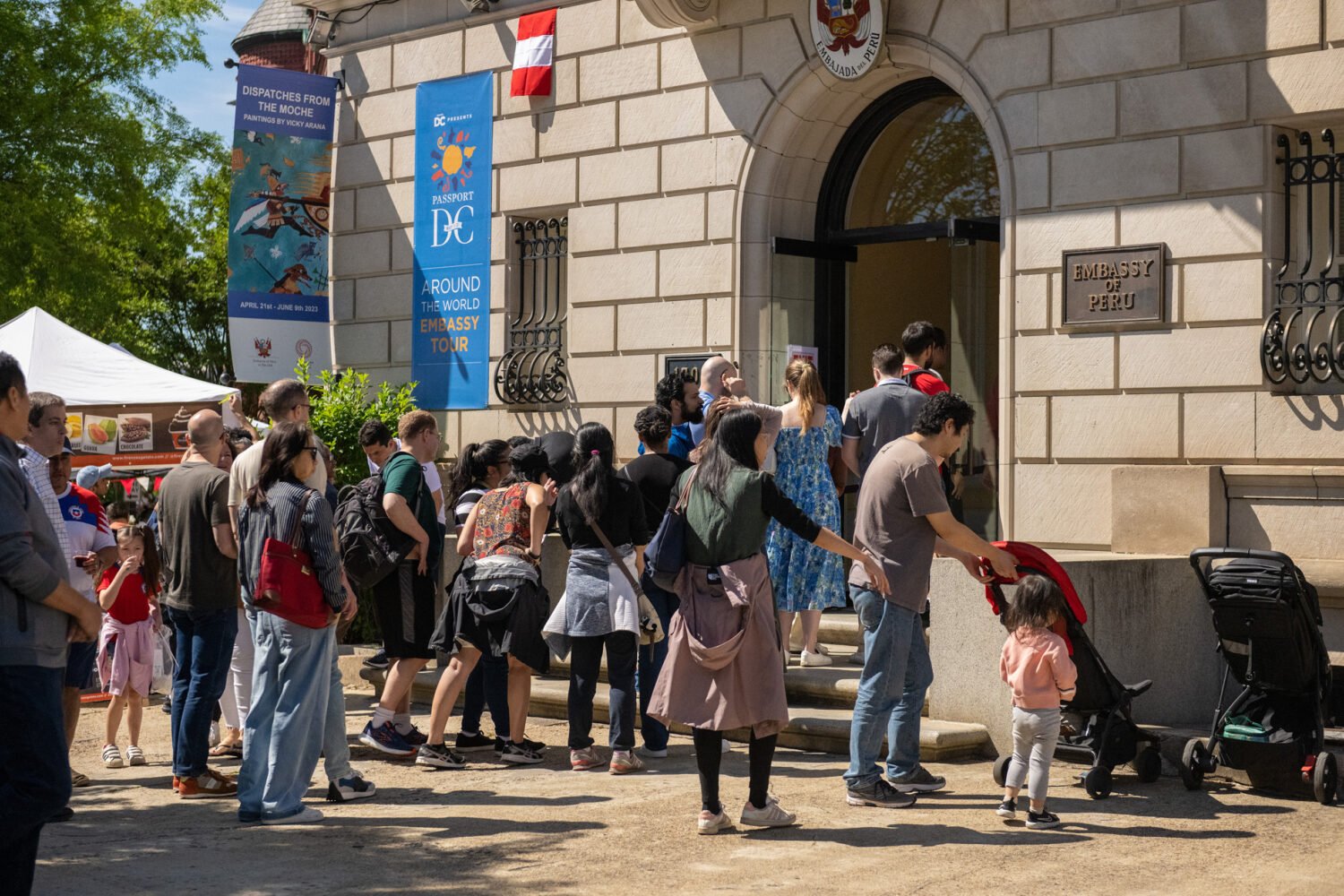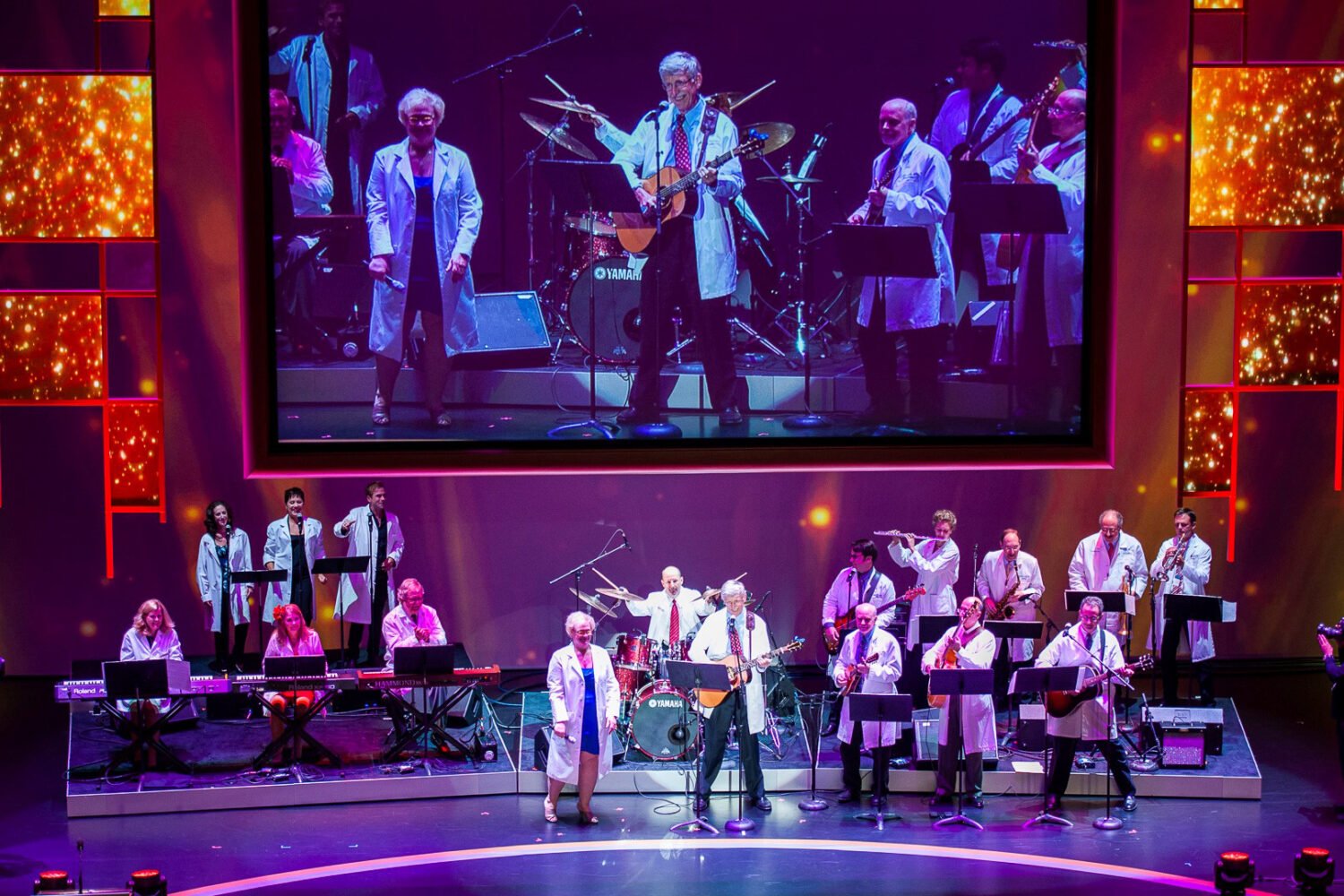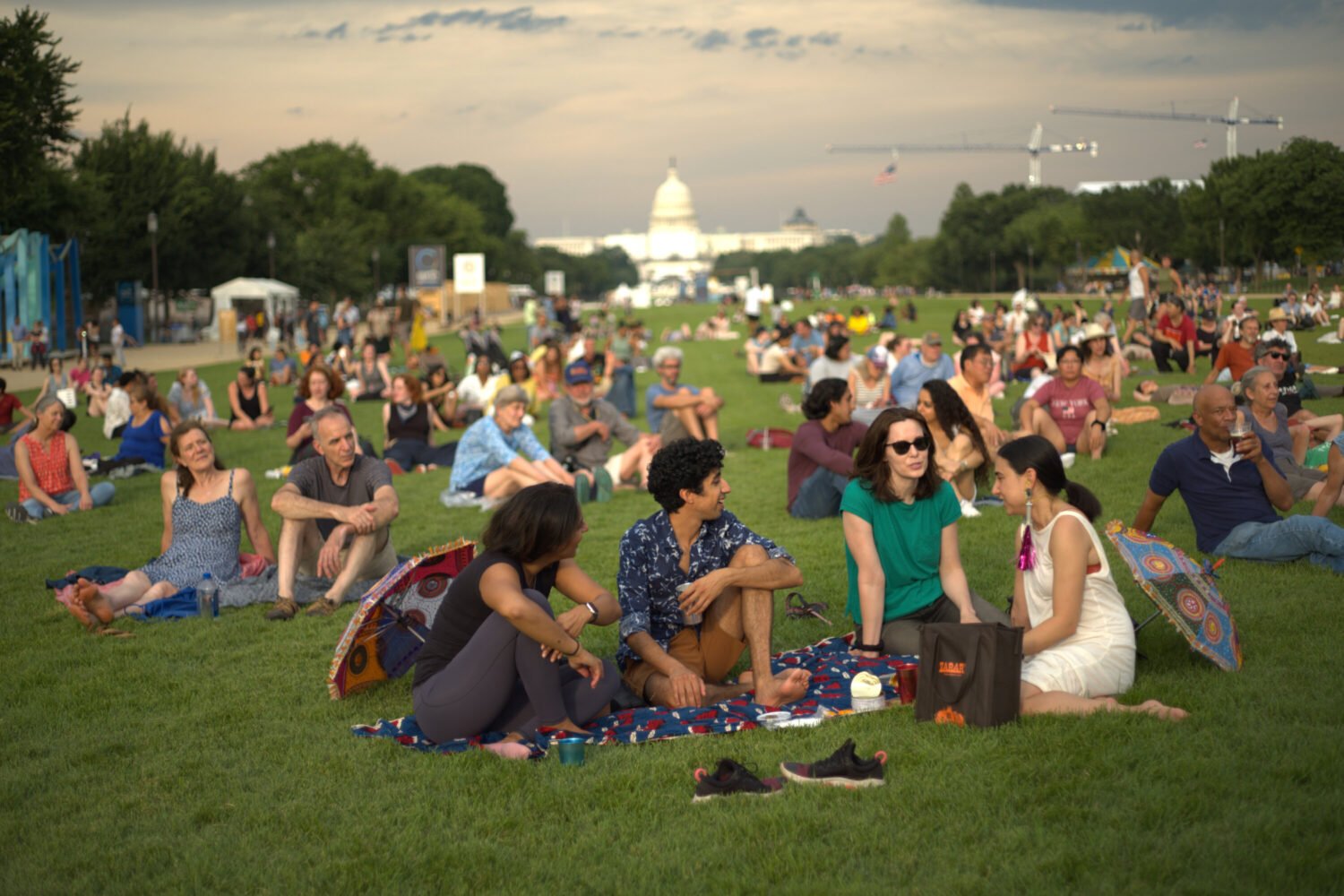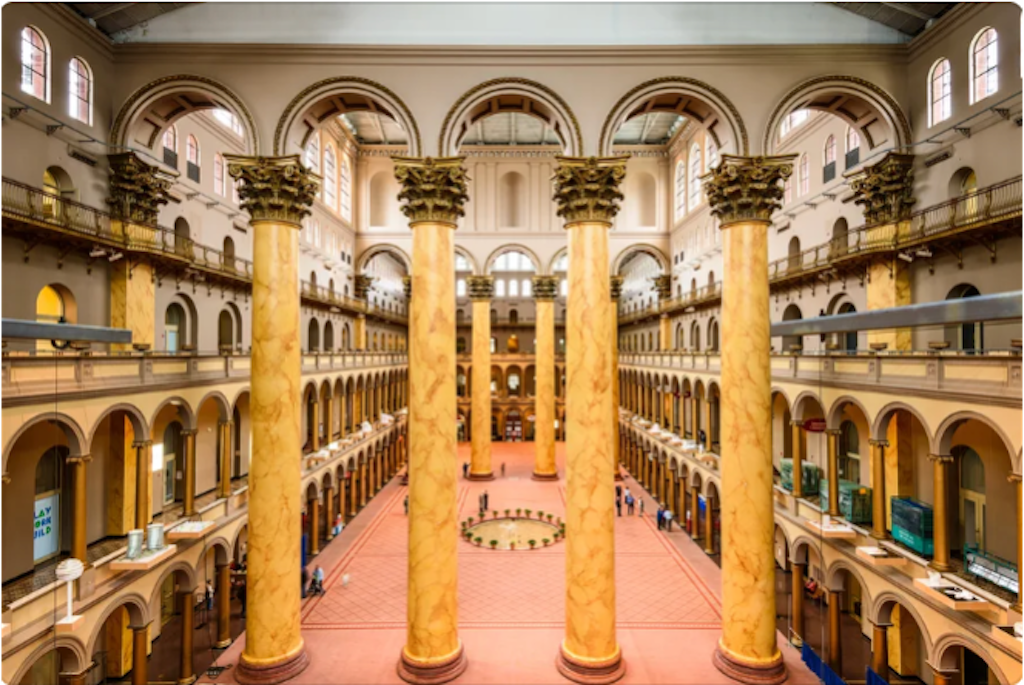Members of the Orchestre Révolutionnaire et Romantique. Photograph by Matthew Andrews
One of the highlights of the season of concerts sponsored by Washington Performing Arts Society is the visits by some of the world’s best international orchestras. As expected, this season’s lineup of visiting orchestras has been particularly excellent. After a polished appearance by the Budapest Festival Orchestra last month, the Orchestre Révolutionnaire et Romantique made its WPAS debut on Saturday afternoon. Founder-director John Eliot Gardiner led three pieces by Ludwig van Beethoven, which one could be excused for thinking were very familiar but which, in these sterling performances, proved to be anything but.
Gardiner’s career as a conductor traces the trajectory of the early music movement, led by ensembles devoted to performing music on period-appropriate instruments and benefiting from knowledge about performance practice gleaned from musicological research. First, Gardiner helped lead a revival of Monteverdi and other composers from the 17th century with the Monteverdi Choir and English Baroque Soloists. To widen his work into classical and romantic music, Gardiner formed the Orchestre Révolutionnaire et Romantique in 1990. He proceeded along similar lines with this later music, using instruments from the appropriate era and applying the fruits of historical research. His recordings of the Beethoven symphonies, re-released as a complete set last year, may not be to everyone’s taste, but there is little doubt that listening to them will make you think about Beethoven’s music in new ways.
Far from resting on his laurels as he nears his 70th birthday, Gardiner continues to innovate and rethink his approach to Beethoven, as heard in this extraordinary concert. The overture to Egmont was supremely expressive, with curvaceous woodwind lines in the slow introduction and violent brass underpinning the full sections. A restless, tragic, windswept feeling hovered over this performance, and the small ensemble, huddled together at the center of the Kennedy Center Concert Hall, sounded crisp and unified. The third symphony, focused on a similar theme of revolutionary heroism, was an ingenious counterweight—both works were created around the time of the rise of Napoleon Bonaparte as emperor and the subsequent French assault on Vienna.
Gardiner’s tempos can be fast, perhaps just a hair too much so in the first movement. But with period instruments, the balances are all quite different; the strings withdraw to the background, allowing the brass and timpani, especially, to crash into the texture with extreme force. Gardiner helped the musicians bring out many small details, such as an anxious motif in the violas that helps power the buildup to the recapitulation in the first movement, returning the ensemble to a tense softness as the horn sounds the theme a little bit too early, a rather funny moment. The funeral march of the second movement was not too stiff and had a stirring, interior quality, while the horns were again adorably boisterous in the third movement.
The first movement of the fifth symphony was just as frenetic, with very little quarter given in the strictness of the tempo. Creating an effect somewhat like having the varnish removed from an old painting, the removal of accustomed vibrato made for a bracing, vigorous performance. The individual playing of the orchestra is extremely accomplished, something that is next to miraculous considering some members were playing historical versions of the more difficult instruments, like the oboe and trumpet, that were constructed prior to technical advances that made playing them easier. The different sounds made by the period instruments reveal just how dramatic it was for Beethoven to add three trombones, a contrabassoon, and a piccolo to the finale of this symphony; the boom of extra sound seemed almost as if a military band had invaded the orchestra. Having them placed on risers at the back of the ensemble, with the piccolo player standing above everyone else, only enhanced the effect. It was a clarion-clear, heraldic sound that one cannot easily forget.
You will also not want to miss the remaining two WPAS concerts by visiting orchestras: the long-awaited return of the Vienna Philharmonic to Washington on February 29, with Lorin Maazel and a program that spotlights Sibelius’s seventh symphony; and the swan song of conductor Charles Dutoit with the Philadelphia Orchestra on May 11, with violinist James Ehnes, the last visit by this orchestra before the new music director, Yannick Nézet-Séguin, takes over the ensemble.

